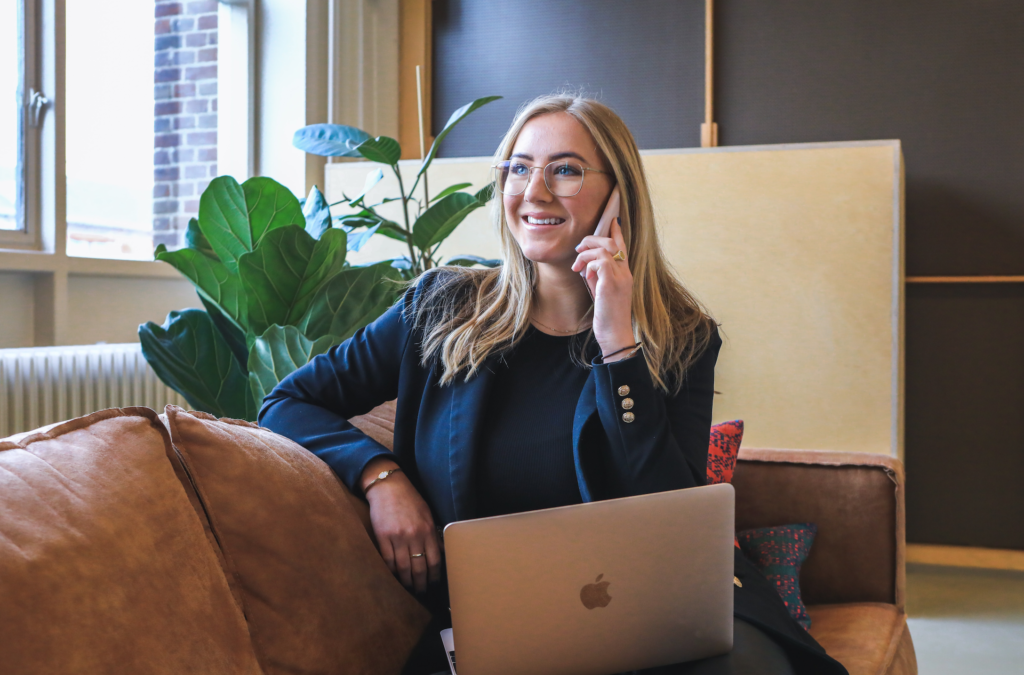Forensic accountancy expert evidence is a valuable litigation tool which, once deployed in the cost-conscious litigation arena, has to be carefully managed in order to achieve maximum impact at a proportionate cost.
Good communication – guiding star
Once a party has established breach and causation, quantum is everything, and so good communication with your quantum expert has to be a ‘guiding star’ for successful outcomes.
Having carefully selected your quantum expert, obtained a realistic estimate of their likely costs for a report (as required by the rules), and obtained permission to reply upon that evidence, you will no doubt also have gathered (potentially large quantities of) relevant documents and witness evidence. Your client will then be able to boast a claim, professionally substantiated by a Civil Procedures Rule part 35 report.
Unless the parties and the court have opted for a single expert (very rare with serious personal injury litigation), the process will next move to the service of the expert evidence, experts’ meetings and the joint statement. How that expert evidence is served will determine what to focus on next.

Simultaneous exchange
With simultaneous exchange (less common with injury claims), it is important to explore whether both experts worked to the same/sufficiently similar instructions and have considered the same evidence.
This will give rise to the need to consider whether supplemental expert reports are required (a topic addressed next) and for there to be very careful consideration of the agenda points for the experts’ meeting.
Sequential exchange
With sequential exchange, there is some order to what could have been a ‘free for all’. There are two influences at play: the recoverable costs regime, and the Civil Justice Council guidance for the instruction of experts in civil claims – (‘CJC guidance’)
The prospect of good cost recovery ought to focus the minds of all experts and those that instruct them, although I have seen situations where the influence of recoverable costs can play a heavier a part on one side to a litigation than on the other.
Two parts to the CCJ guidance give helpful assistance to experts where there is sequential exchange of expert evidence – paragraphs 63 and 73.
Focussed Responding Report
Paragraph 63 says: “Where there is to be sequential exchange of reports then the defendant’s expert’s report usually will be produced in response to the claimants..”
Paragraph 63 then goes on to say that the defendant’s expert’s report : need not repeat information that is adequately dealt with by the claimant’s expert’s report, should focus only on material areas of difference, should contain a reconciliation between the loss assessments of the two experts and identify any different conclusion drawn by the defendant’s expert for each assumption.
That should mean defendant’s experts ought not be producing ‘bulky’ reports, repeating background facts and financial analysis, but should comprise of confirmed areas of agreement/disagreement and focussed reasoned argument on key areas.
Sadly, I still encounter quantum experts instructed by defendants, that I can only assume are insecure about their role and influence, who simply disregard paragraph 63 of CCJ guidance.
Whilst they should be making their expert topic points and leaving the advocacy to others, for some experts there is a tendency to hide behind an array of tables and repetitive, sometimes unsubstantiated, assertions.
Right of reply – para 73 CJC guidance
Following on, paragraph 73 of CJC guidance says:
‘Where there is sequential exchange of expert reports, with the defendant’s expert’s report prepared in accordance with the guidance at paragraph 63 above, the joint statement should focus upon the areas of disagreement, save for the need for the claimant’s expert to consider and respond to material, information and commentary included within the defendant’s expert’s report’.
This guidance provides clear recognition that in the joint statement the claimant’s expert may need to consider and respond to material matters raised by the defendant’s expert’s report.
I regularly deal with high value complex claims involving lost business profits and have found this guidance very helpful as, irrespective of a pre-set experts’ meeting agenda, it gives the claimant’s expert a hugely important ‘right of reply’.
Focus on material issues and differences
Consequently, both paragraphs 63 and 73 of CJC guidance serve as reminders to experts to keep focused on material issues and differences.

Fundamentally different cases
A hugely important topic for all experts to consider is how to address fundamentally different ‘cases’ advanced by the respective parties.
Here, the CJC guidance ‘comes to the rescue’ of those experts that pay attention to what the court wants from them.
Paragraph 58 says: ‘Where there are material facts in dispute experts should express separate opinions on each hypothesis put forward. They should not express a view in favour of one or other disputed version of the facts unless, they consider one set of facts as being improbable or less probable, in which case they may express that view and should give reasons for holding it’.
In other words, your expert can, and must, address their opinion on the respective cases. You need to make sure the opposing expert does likewise.
Further evidence / make or break
This will be the time to identify areas in your client’s case that require support by way of further evidence, remembering the difficulties you may face in obtaining permission to serve further evidence. This can have a ‘make or break’ influence on the outcome of a claim.
If possible, get that evidence in place ahead of the experts’ meeting – so your expert has evidence rather than assertion to refer to.
Need for a Supplemental Report
Where important new issues are raised and/or new material evidence is introduced by the defendant’s expert (particularly with complex business situations or lost business opportunity), then this may be the point for commentary from the claimant’s expert by way of supplemental report.
A supplemental report need not be lengthy; a good expert will make this brief, clear and focussed. Again, this may require swift action, but can help ensure that your expert evidence addresses topics that are key to your client’s case. This further report may help to avoid a lengthy joint statement, which in turn may form part of your argument when seeking permission for the supplemental report.
Responding to a ‘curve ball’
The decision about which way to ‘meet’ or ‘respond’ to a new point or ‘curved ball’ from the opposing party will depend upon whether your expert can extinguish the point crisply in a short letter, or whether it might require discussion for them to make the point. The discussion route might even allow your expert to reveal a biased or over-rigid approach by the other side’s expert in the joint statement itself.
Don’t lose the ear of the court
Of course, a ‘curved ball’ to one can be a ’key point’ to another.
It is important to remember that the CPR require an expert to acknowledge evidence or opinion that changes their own opinion. CJC guidance paragraphs 64 to 66 address the amendment of expert’s reports.
An expert that is prepared to amend their opinion in response to new evidence or good points put to them signals an expert that is likely to be listened to by the court, whereas an expert that is reluctant to concede a good point or consider an alternative factual hypothesis puts themselves at risk of losing the ear of the court.
So, again, it is important to maintain good communications with your expert, make yourself aware of their reactions to new evidence, questions and alternative hypotheses as they arise.
Experts’ discussions
While it is, quite rightly, frowned upon for solicitors and/or counsel to involve themselves directly in the discussions between experts; it is healthy, beneficial, and, in some situations, vital in terms of costs management for the instructing solicitor to ‘pave the way’ for a good experts’ meeting and joint statement process.
That is, of course, if experts’ discussions are going to be beneficial and at proportionate cost (so as to meet the requirements of CPR Practice Direction 35.9.1).

Meeting agenda – yes or no?
CPR Practice Direction 35.9.1 invites the parties to consider providing the experts with a meeting agenda. My experience is that in many cases quantum experts are left to sort their own meeting agenda, but I am a fan of a well thought through, focussed agenda.
There is nothing to stop you inviting your expert to contribute to the process of identifying the topics for an agenda. It seems very likely that the expert’s contribution to this process will be compatible with assisting the court as far as possible and (consistent with your duties) your client too.
However, before embarking on the process of putting together an agenda, you should invite your expert to provide a bullet-point briefing on their fellow expert’s evidence. Where there is much at stake then probably as a precursor to (video) conference with counsel, the expert and your client.
Experts meetings – guidance / extra restrictions / ‘ways & means’
So, what have the experts discussed? While CPR 35.12(4) sets out that the content of the experts’ discussions shall not be referred to at trial unless parties agree, I have seen some quantum experts try to take this a step further. Some experts seek an undertaking that the content of all discussions, drafts of joint statements, and similar matters remain confidential between the experts.
My view is that the expert should resist agreeing to such a restriction. This is not through a desire to involve instructing solicitors in the discussions and joint statement process, which would be inappropriate, but rather I am reluctant as an expert to agree to a restriction that is not expressly set out within CPR part 35 or relevant guidance.
Why is that? Because one needs to retain ‘ways and means’ to deal with an unreasonable expert that one may encounter, to avoid the joint statement becoming unnecessarily protracted, costly, or worse.
My ‘tips roundup’ for getting the best results from your quantum expert evidence
To get the best for your client from a joint statement process, keep communicating with your expert at all stages.
Make sure your expert has the information and evidence that they need and that they brief you as necessary.
Consider if extra witness statements will help. What about the use of a supplemental report or commentary letter from your expert?
Don’t shy away from discussing agenda topics – a good expert will welcome your views, as they may not be party to all issues in the case and where settlement proposals may be leading. Also, a focussed agenda should keep costs down.
And finally, don’t forget that if there are different hypotheses being advanced both experts should be addressing all of them – yours and theirs!
We are always happy to give initial thoughts & advice on evidence and approach to loss quantum. Contact us today Richard@FormbyForensics.co.uk or tel. 01761- 437972
Formby Forensic Services Personal, friendly, service – years of experience – prompt attention and turnaround
